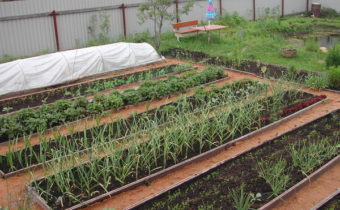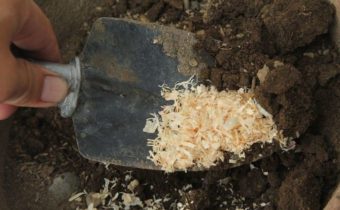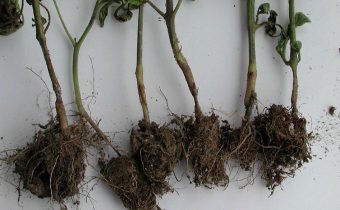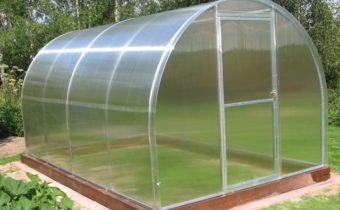Easy way to determine soil acidity with currants
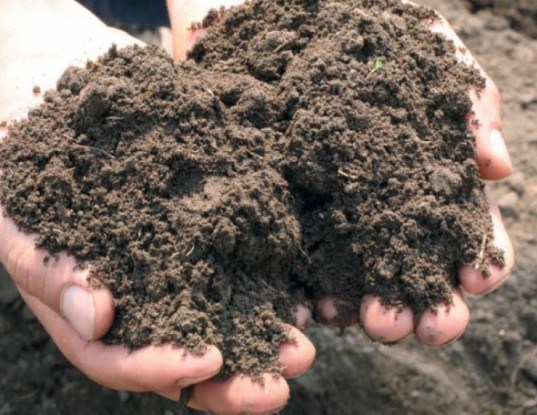
To create favorable conditions for growing plants, they determine the level of soil acidity by a simple method using available means. Not all garden crops prefer acid lands. Prepare the soil will help the pH of the soil for planting and measures that regulate the level of acid parameter.
About soil acidity
Only some types and varieties of vegetables, berries, greens prefer to grow on soils with high acidity. Most cultures prefer a slightly acidified or neutral substrate. Favorable pH value is an important condition for obtaining a rich harvest and strong immunity of seedlings.
|
Neutral pH (up to 7.5) |
Slightly acidic soils (pH 6 to 7) | Acid soils (pH 5 to 6) |
|
Root vegetables (beets, carrots, turnips) |
Greens (dill) Legumes (beans) Solanaceae (tomatoes, eggplants) Corn Pumpkin (melon, zucchini, squash) Spinach Horseradish |
Potatoes Pumpkin Parsnip Bulgarian pepper |
Having data on the quality of the land, it is possible to carry out effective measures to regulate the acid index in order to create the most favorable conditions for the development of the root system of crops, growth of stems, flowering, fruit formation.
Methods for determining the acidity
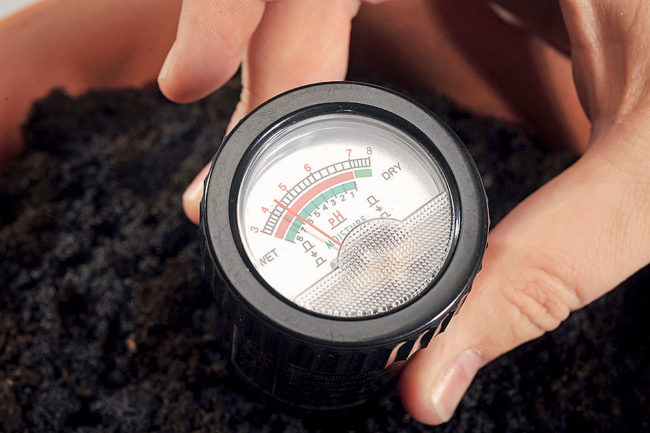
Some cultures are extremely sensitive to the level of acid index of the soil substrate, therefore it is important to regulate the quality of the soil under plantings. When developing the land, if possible, carry out a qualitative analysis in the soil science laboratory, which reveals not only the acidity of the soil, but also the content of the main microelements.
Acidification, like alkalinity, is toxic to most plants. Adjust the acid index in accordance with the preferences of the culture.
There are simple ways to determine the type of soil by acid parameter:
- on weeds and cultivated plants in the garden. When assessing the types of weeds and the appearance of the tops of vegetables growing in different parts of the territory, we can conclude that acid indicators in a particular segment. Growing on a soil that is not suitable for acidity, seedlings experience deficient nutrition for minerals. Beet leaves with red capillaries indicate an elevated pH, completely red leaves on beets indicate strongly acidified soils. A bountiful harvest of cabbage, garlic, onions, most often on neutral lands, eggplants, green peas, and potatoes grow well on acidified soil. Curb near the beds, overgrown with horsetail, horse sorrel, wood louse, wild mint mean a strongly acidic pH. Clover thickets, nettle, creeping bindweed indicates the alkaline nature of the soil substrate;
- litmus indicators. With the help of ready-made sets, soaked in litmus paper, you can explore any part of your estate. Collect samples from different ridges, wrap each in a clean bandage or gauze, put it in a labeled experimental container. Fill clean glass containers with distilled water so that a 1: 5 ratio is observed. After 5 minutes, immerse the litmus paper element in the test solution, soak for 3 seconds and dry.On the enclosed scale going to the set, select the correspondence of the hue that the indicator showed and find the pH value;
- household special device. Get a compact mobile pH meter. Models are designed with a simple user orientation. The unit is a small sensor with a tip, which is immersed in the soil substrate for analysis. Depending on the brand and brand, the device is equipped with a scale or a digital display, on which a measured indicator appears in a few seconds. A number of devices used by gardeners, has a built-in hygrometer, which determines the level of natural wet soil;
- home experience with the use of chalk. Collect soil samples from different parts of the garden, sign and label the mixture in separate containers. 6 tbsp. l Soil mixture put in a clean glass container, pour 10 tbsp. l filtered water, send to the contents of 2 tbsp. l usual white crushed chalk or pobelochny powder without additives. Stretch a silicone glove on the neck of an experimental container, shake the can with neat circular movements, activating the mixing of the components. If the rubber product begins to fill with volume, this indicates the formation of gas during the acid reaction. That is, the test land has an acidic nature;
- inspection of the soil section. Dig a hole to a depth of 25-30 cm and visually analyze the sections. The presence of white bloom or interlayers indicates the predominance of acidic soils at the location of the test;
- visual analysis of standing water. Look at the water collected in the drainage grooves. Rust on the surface of the liquid and rainbow overflow signal strong acidic soils;
- reaction with acetic acid. The usual essence of vinegar with a concentration of 70% is poured onto the soil segment under study. Smoke, hissing indicate an alkaline type, bubbling - the pH is neutral. Vinegar in combination with baking soda, poured on the soil, and the resulting foam indicates an acidic type of soil substrate;
- experience with currant leaves. Tear off 5 leaves of black currant, chop them, pour a glass of boiling water, leave to cool. Immerse the material with a rolled ground sample in a volume of 2 tbsp. l The changed coloring of the liquid will indicate the following: a greenish color will reveal a neutral pH, a pink color will indicate an acidic indicator, a blue color will indicate an alkaline type of soil;
- homemade indicators. Make reagents from chopped and boiled for 0.5 hours cabbage leaf. Saturate the clean white paper strips with the resulting decoction and dry them at room temperature. Select ground samples, place them in gauze pieces of 1 tbsp. l., pour 5 tbsp. l distillate, lower homemade indicator elements after 5 minutes. A reddened paper will indicate an acidic composition, blue will indicate an alkaline reaction, and violet will indicate a neutral environment.
Using simple methods you can identify the acidity of different parts of the garden. Depending on the planned planting, conduct measures that regulate the pH of the soil to create optimal conditions for growing crops.
How to change soil acidity
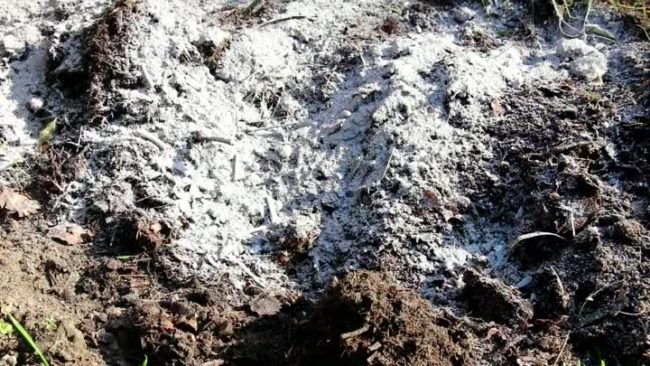
To regulate the acid-soil substrate, determine the objectives for which the activity is directed. According to the plan of planting with the observance of crop rotation, plan the sowing of certain crops. Perform corrective actions according to species preferences:
- to reduce the acidity spend chalking. Add ground lime to the garden segments with the last autumn digging;
- for acidification of soil, fertilize the ridges with organic matter - rotted foliage, mullein, bird droppings, and high peat during the digging of the vegetable garden in the autumn;
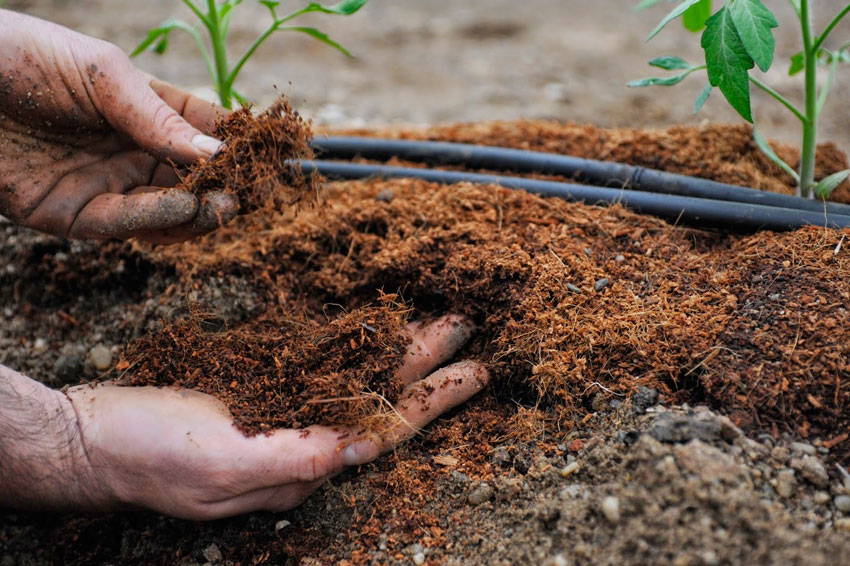
Introducing environmentally friendly compounds in the fall, in the spring, conduct independent experiments on the determination of pH-indicator again. In case of insufficient reaction, correct the acidity by adding ready-made complex additives - ammofoski or nitrophosphate.
Conclusion
To improve the quality and quantity of the crop, prevent plant diseases, create optimal conditions for growing crops, follow the acid indicator in the garden. Determine the level of acidity soil in simple ways with the help of folk remedies and carry out corrective measures. In acidic soils, saplings have a nutritional deficiency in trace elements, poorly develop the root system, more often get sick, poorly form the ovary. By adjusting the acid indicator of the soil, you will achieve better results.


